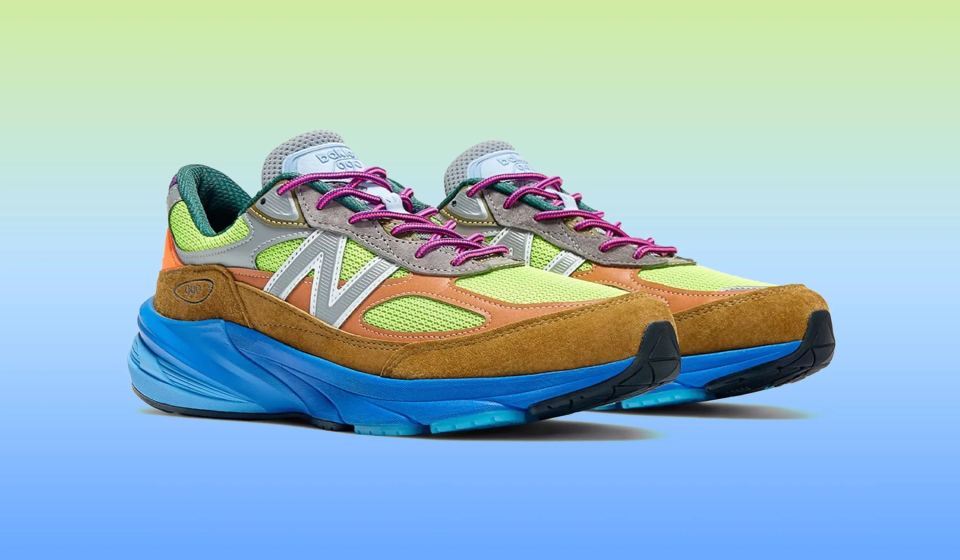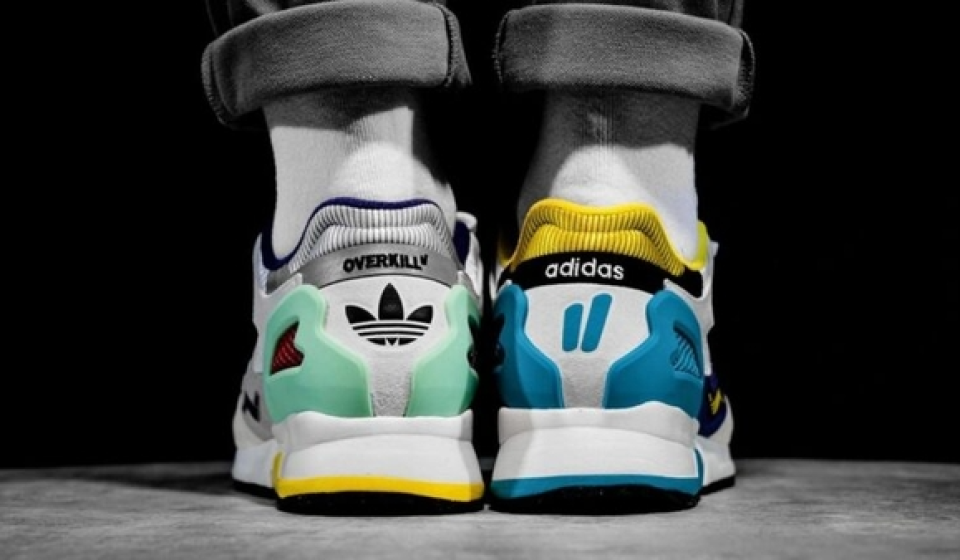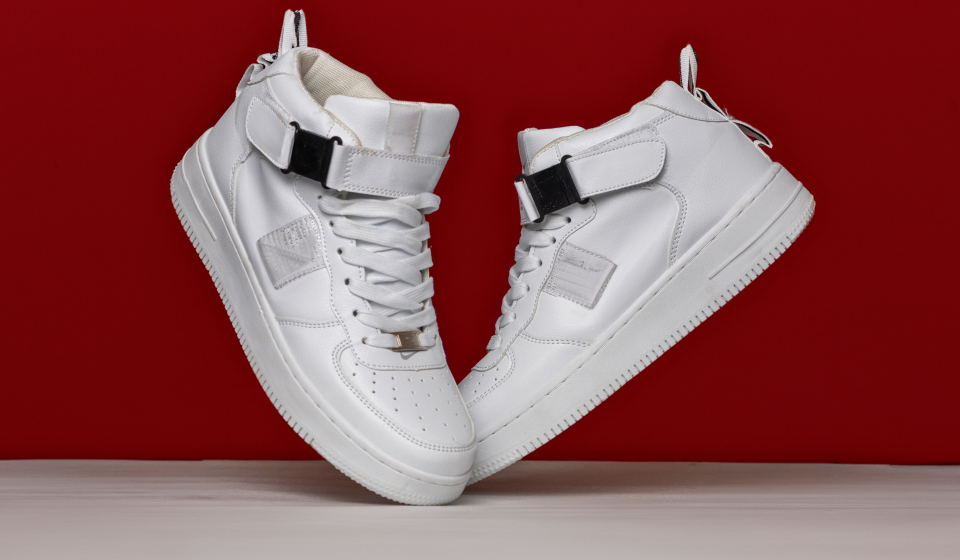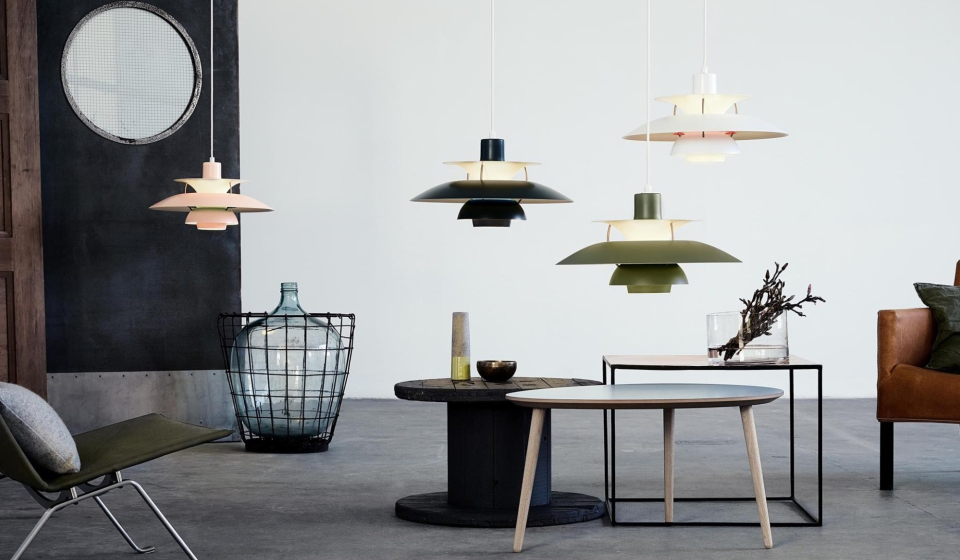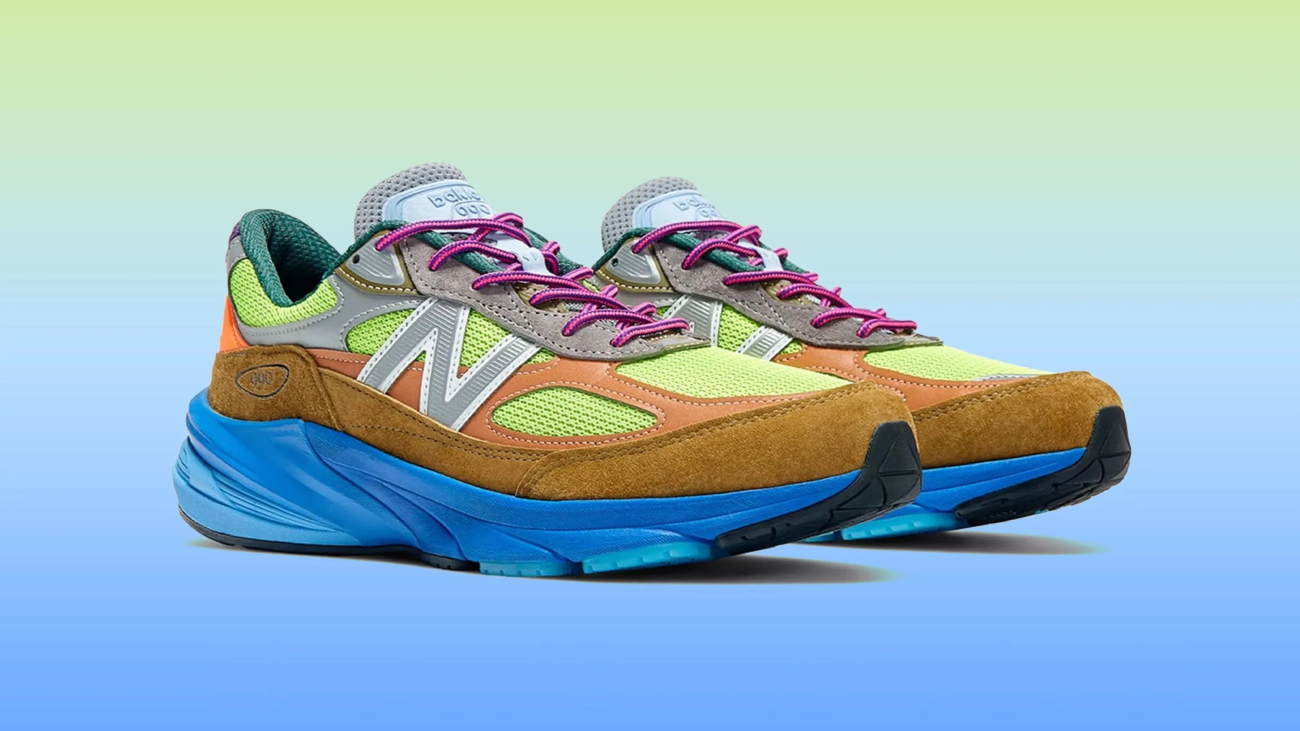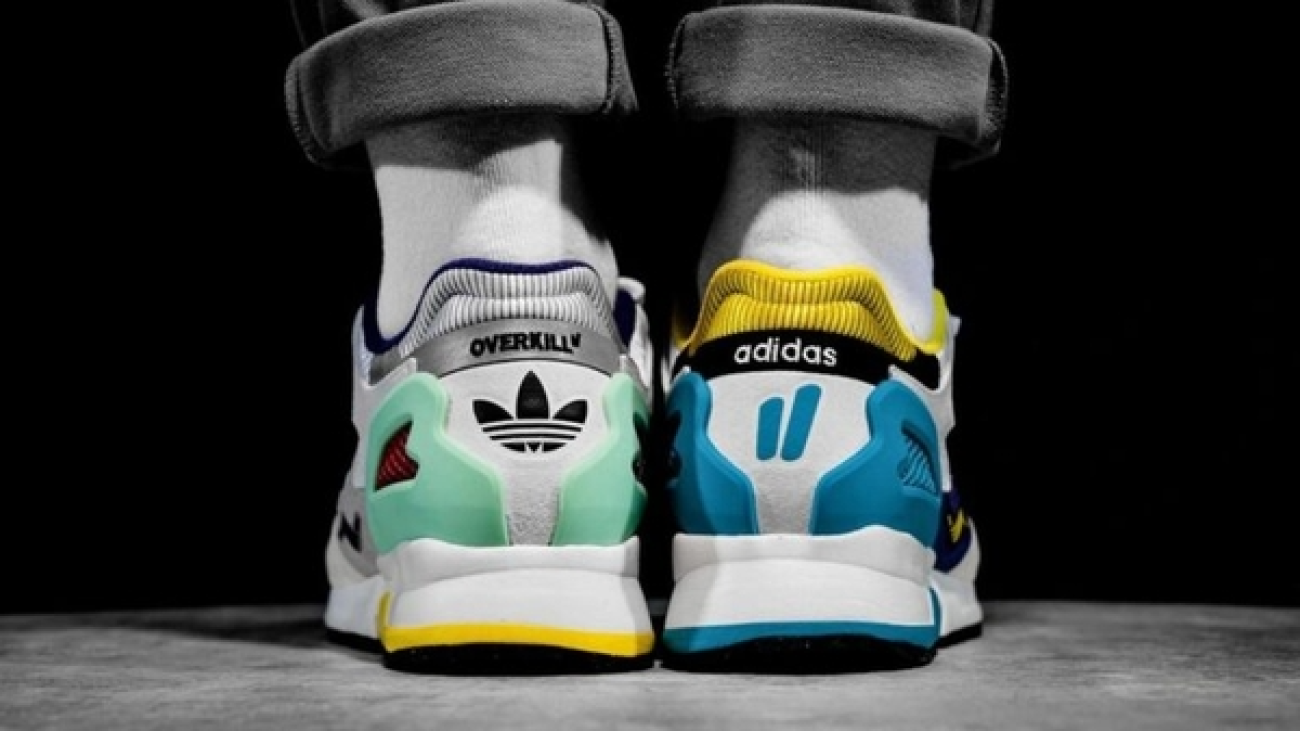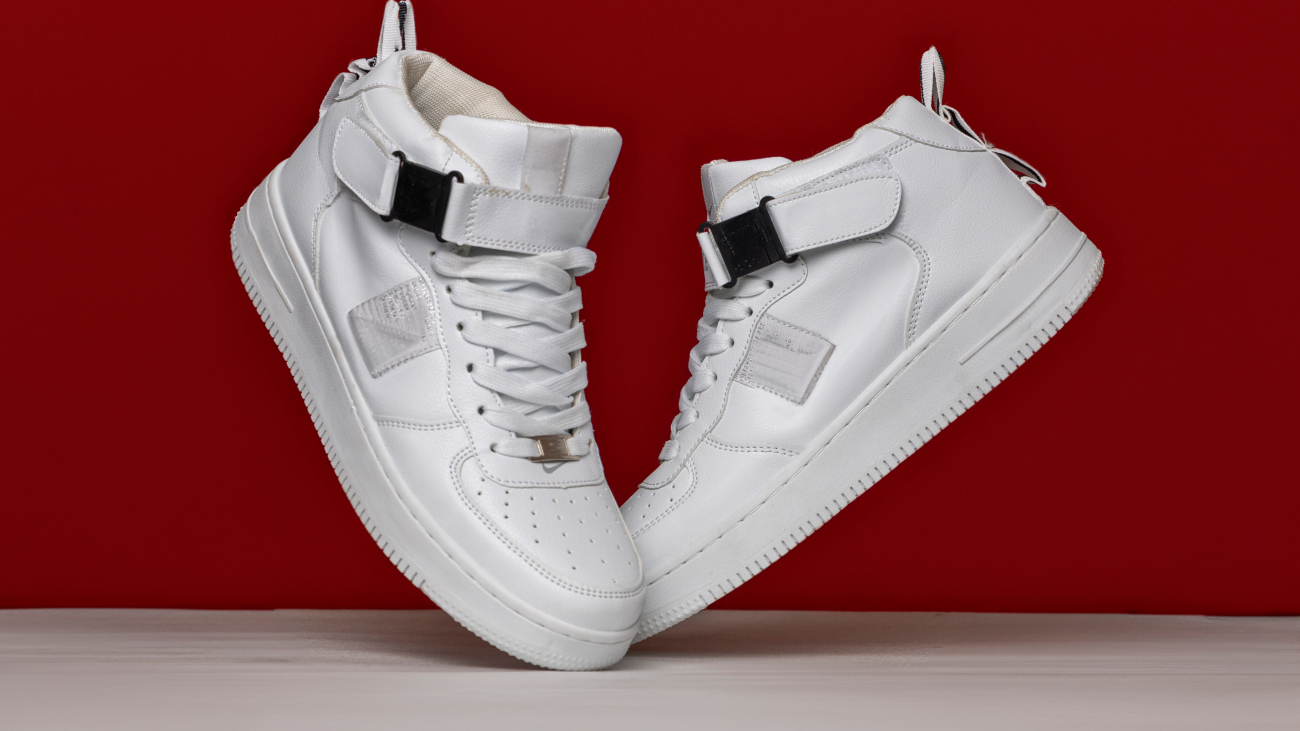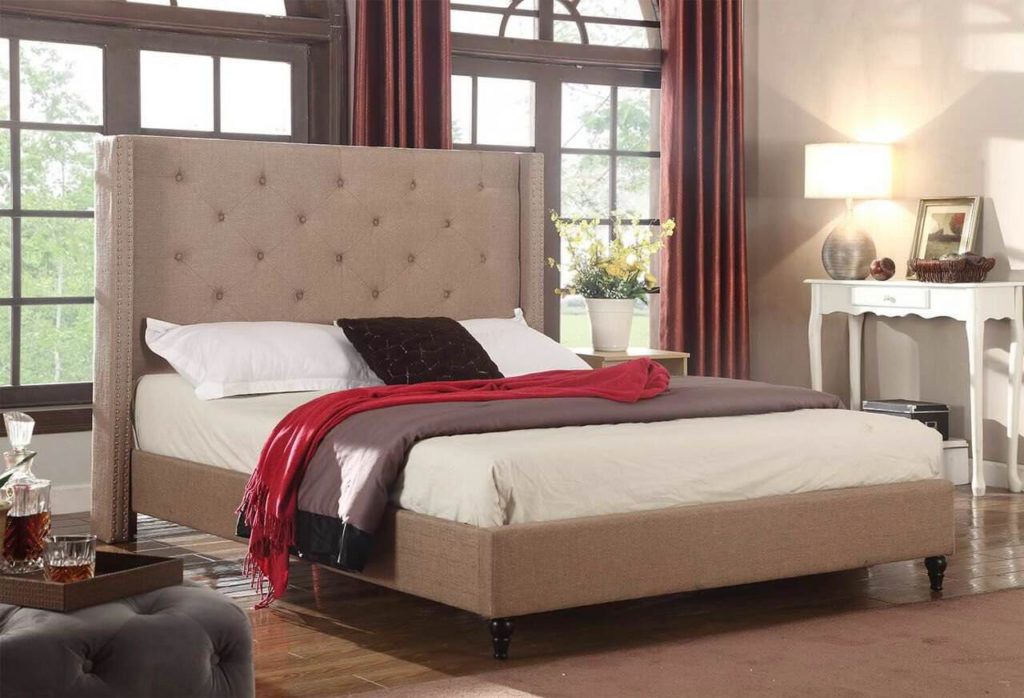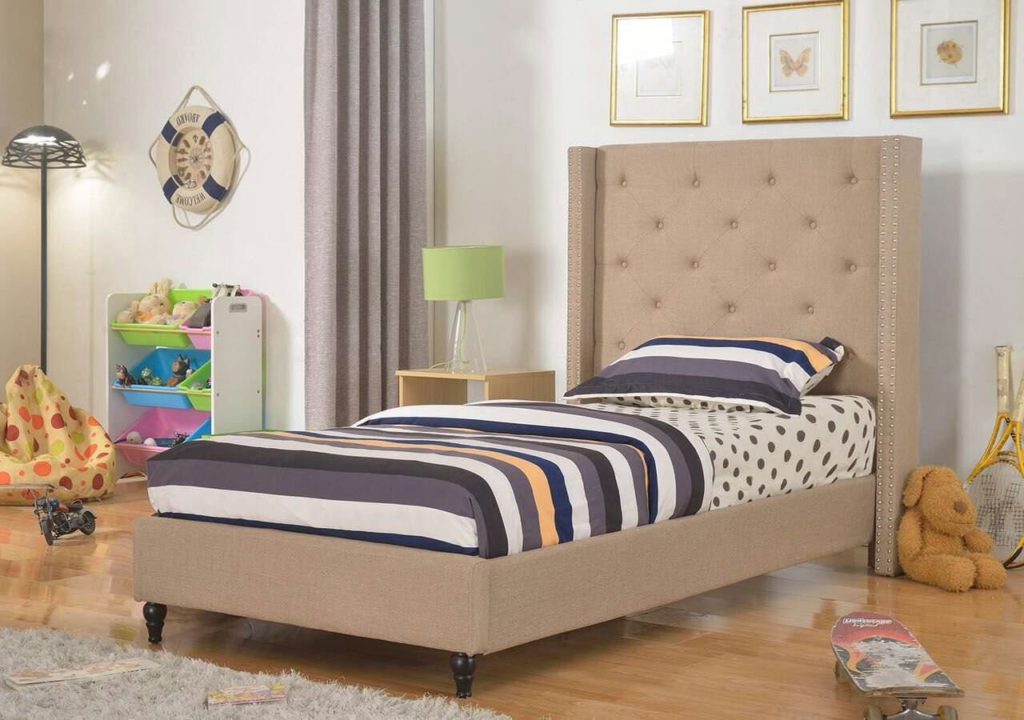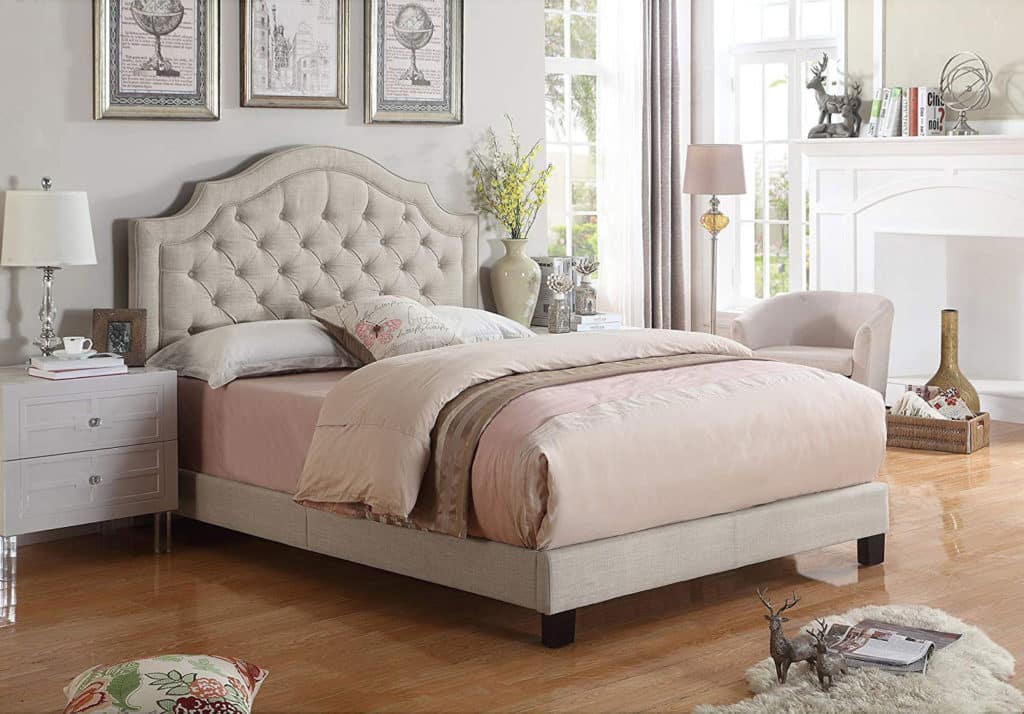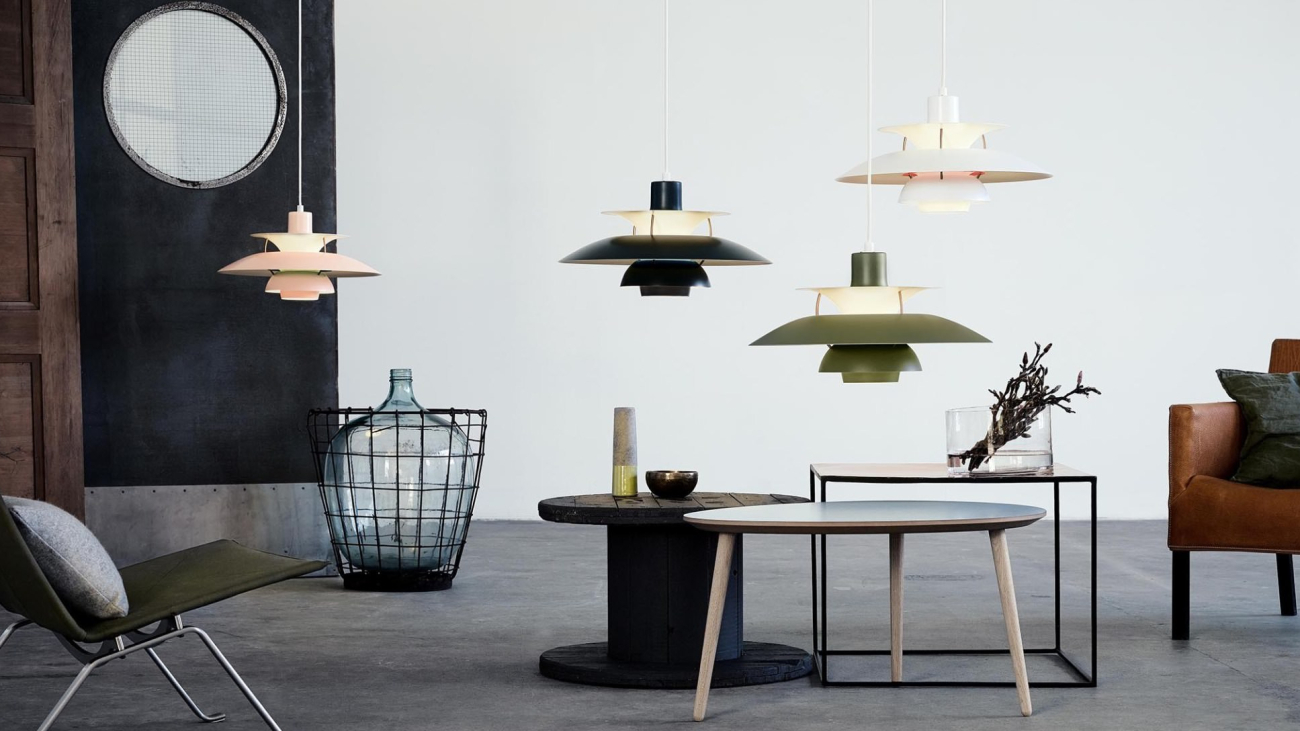The world of fashion is a constantly evolving landscape, where style statements are derived from various cultural influences and societal shifts. One brand that has recently emerged as a significant player in the realm of streetwear is New Balance. Originally celebrated for their performance sneakers designed for runners and athletes, New Balance has successfully transitioned into a fashion icon. This transformation has seen the brand’s shoes being worn not just for their athletic functionality but also as bold style statements that resonate with a new generation. In this blog post, we will delve into the fascinating evolution of New Balance, exploring how it captured the hearts of streetwear enthusiasts and fashion influencers alike.
The Origins of New Balance
To understand the rise of New Balance within streetwear, it’s essential first to acknowledge its origins. Founded in 1906, New Balance started as a company dedicated to providing orthopedic footwear. The brand’s early focus on creating shoes that offered superior comfort and support set the stage for its future innovations.
Evolution Through Performance
Initially, New Balance built its reputation in the running community by producing specialized footwear designed for athletes. The brand introduced several pioneering technologies, such as the introduction of the first-ever running shoe featuring a cushioned midsole. This commitment to performance earned New Balance a loyal customer base among serious runners and fitness enthusiasts.
Athletes like Joan Benoit Samuelson and others endorsed the brand, solidifying its position as a leader in the performance footwear segment. As running culture gained traction throughout the latter half of the 20th century, New Balance was there to capitalize on this growth, continually innovating to meet the demands of professional and amateur athletes alike.
Transitioning to Lifestyle
In the late 20th century, as consumer behavior began to shift towards lifestyle-oriented products, New Balance took note. The merging of sport and casual wear became a trend, and brands sought to cater to consumers who not only valued performance but also desired stylish options for everyday wear. Recognizing this shift, New Balance gradually expanded its product line to include lifestyle models that maintained the core values of comfort and support while appealing to fashion-conscious consumers.
This evolution was marked by campaigns that emphasized individuality and authenticity, resonating with a younger audience seeking to express themselves through their footwear choices. New Balance’s authentic branding strategy allowed it to carve out a niche within the growing streetwear market.
The Impact of Cultural Movements
As New Balance gained traction in the streetwear community, larger cultural movements began to intersect with the brand. With the rise of hip-hop, skateboarding, and other subcultures, sneaker fashion became an integral part of self-expression and identity. New Balance found itself in a unique position to harness these cultural shifts.
Hip-Hop Culture and Collaborations
Hip-hop culture played a pivotal role in popularizing various sneaker brands, including New Balance. Artists and influencers within the genre embraced the brand, integrating it into their personal styles. The association with hip-hop not only elevated New Balance’s visibility but also helped redefine the perception of the brand from solely performance-driven to a symbol of urban street style.
Collaborations with renowned artists and designers further propelled New Balance into the spotlight. Limited-edition releases and exclusive collections created buzz and excitement, drawing attention from sneakerheads and fashion aficionados alike. These partnerships demonstrated New Balance’s commitment to innovation and creativity while appealing to a diverse audience.
Skateboarding and Subculture Influence
Skateboarding also played a crucial role in the rise of New Balance within streetwear fashion. As skaters began to prioritize comfortable and durable footwear, New Balance saw an opportunity to tap into this vibrant and dynamic subculture. The brand launched skate-specific models, such as the New Balance Numeric line, which garnered positive feedback from the skate community.
By collaborating with influential skateboarders and sponsoring events, New Balance solidified its presence in the skateboarding world. The combination of performance-oriented design and stylized aesthetics allowed New Balance to appeal to both skaters and non-skaters alike, broadening its reach within the streetwear scene.
Streetwear and Influencer Culture
With the advent of social media and influencer culture, New Balance experienced yet another wave of renewed interest. Platforms like Instagram and TikTok became vital tools for showcasing fashion trends, allowing individuals to curate their personal styles and share them with a global audience. As sneaker culture flourished online, so did the popularity of New Balance.
Influencers and content creators began featuring New Balance sneakers prominently in their posts, showcasing their versatility and ability to complement various outfits. This organic promotion from influencers further amplified the brand’s image as a stylish option for everyday wear, solidifying its status within streetwear fashion.
Design Innovations and Product Diversification
While cultural movements significantly contributed to New Balance’s elevation in streetwear fashion, the brand’s commitment to design innovation and product diversification played a crucial role in this transformation.
Iconic Silhouettes
New Balance is known for its iconic silhouettes that blend function with aesthetic appeal. Models like the 574 and 990 have become staples within streetwear wardrobes.
The 574 model, originally released in the 1980s, has remained a popular choice for its classic design and adaptability. Its timeless aesthetic allows it to be easily paired with various outfits, whether casual or semi-formal. The 990 series, lauded for its craftsmanship and comfort, has also regained traction, particularly among fashion-forward individuals looking for luxury sneakers.
Both models exemplify New Balance’s ability to maintain its heritage while continuously attracting new customers. The brand cleverly markets these silhouettes as items that transcend generations, making them appealing to both older and younger demographics.
Colorways and Collaborations
New Balance has made waves in the streetwear scene through its bold color palettes and creative collaborations. The brand frequently releases special editions and limited runs that feature eye-catching hues and innovative designs, captivating sneaker enthusiasts.
Collaborations with high-profile designers and brands, such as Jaden Smith and Aimé Leon Dore, have introduced fresh perspectives to traditional designs. These partnerships often result in unique iterations that challenge conventional sneaker aesthetics, leading to increased desirability among collectors and fashion lovers.
Moreover, personalized customization options empower consumers to create one-of-a-kind pieces, further establishing New Balance as a brand synonymous with individuality. By prioritizing unique designs and collaborations, New Balance has cemented its place as a designer label within the streetwear fashion ecosystem.
Sustainability Initiatives
In recent years, sustainability has become a key concern for many consumers, influencing their purchasing decisions. New Balance has recognized this shift and taken proactive steps to address environmental issues through sustainable practices.
The introduction of environmentally conscious product lines, such as the “Green Leaf Standard” collection, showcases New Balance’s commitment to eco-friendly production methods. The use of recycled materials and innovative manufacturing techniques aligns with the values of socially responsible consumers, allowing them to make style choices that are mindful of the planet.
By focusing on sustainability, New Balance not only attracts environmentally conscious shoppers but also elevates its standing as a progressive brand within the streetwear landscape.
The Future of New Balance in Streetwear
As New Balance continues to thrive in the streetwear fashion sector, the brand faces the challenge of maintaining relevance and innovation in an ever-competitive market.
Responding to Trends
To remain at the forefront of streetwear, New Balance must remain vigilant in monitoring emerging trends and adapting accordingly. The fast-paced nature of fashion demands constant reinvention, and brands that fail to evolve risk being left behind.
By staying attuned to the streetwear community, New Balance can identify rising trends and respond proactively. Whether it’s through strategic collaborations, embracing tech advancements in footwear design, or exploring new markets, the brand’s ability to remain agile will be crucial for its continued success.
Expanding Global Reach
As streetwear transcends borders, New Balance has an opportunity to expand its global reach. While the brand already enjoys popularity in various regions, tapping into emerging markets, particularly in Asia and Europe, could yield significant growth.
Engaging with local influencers, understanding regional preferences, and tailoring marketing strategies to different cultures can help New Balance establish a deeper connection with diverse audiences. This multifaceted approach will fortify the brand’s position as a global player in streetwear fashion.
Community Building and Engagement
Community plays an essential role in streetwear culture, and New Balance can leverage this by fostering connections among its customer base.
This could include hosting events, engaging with fans through social media, or creating loyalty programs that reward brand enthusiasts. By building a sense of community, New Balance can cultivate meaningful relationships with its consumers, enhancing brand loyalty and reinforcing its identity within the streetwear landscape.
Conclusion
The rise of New Balance in streetwear fashion represents a fascinating journey of evolution from performance shoes to style statements. By embracing cultural movements, prioritizing design innovation, and responding to consumer needs, New Balance has successfully redefined its identity in the fashion world. As the brand looks to the future, its ability to adapt, innovate, and engage with its audience will undoubtedly shape its trajectory within the ever-changing landscape of streetwear fashion. The story of New Balance serves as a testament to the power of adaptability, creativity, and authenticity in carving out a distinctive niche in the world of modern fashion.

 Cart is empty
Cart is empty 